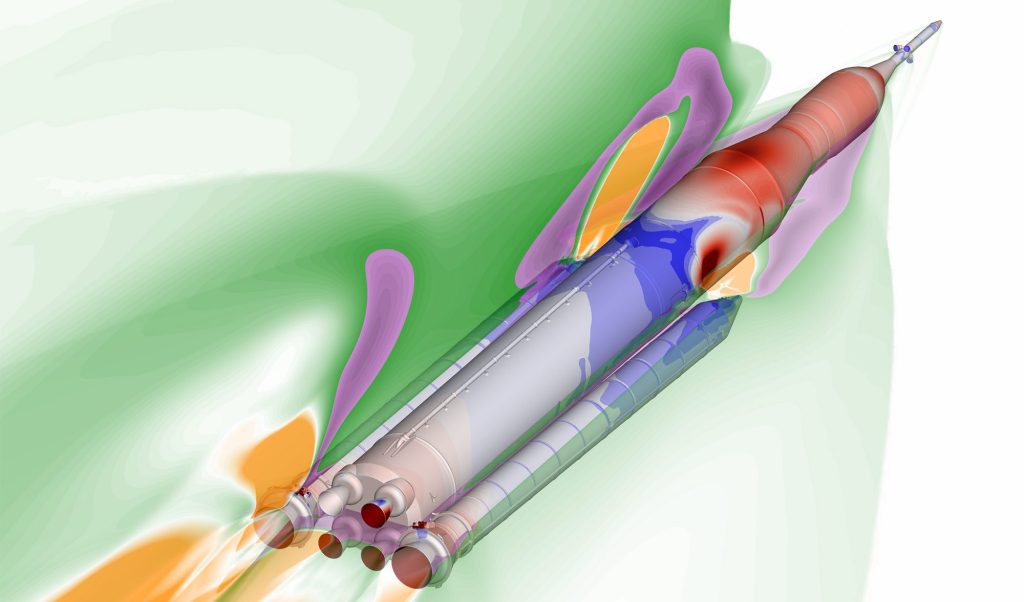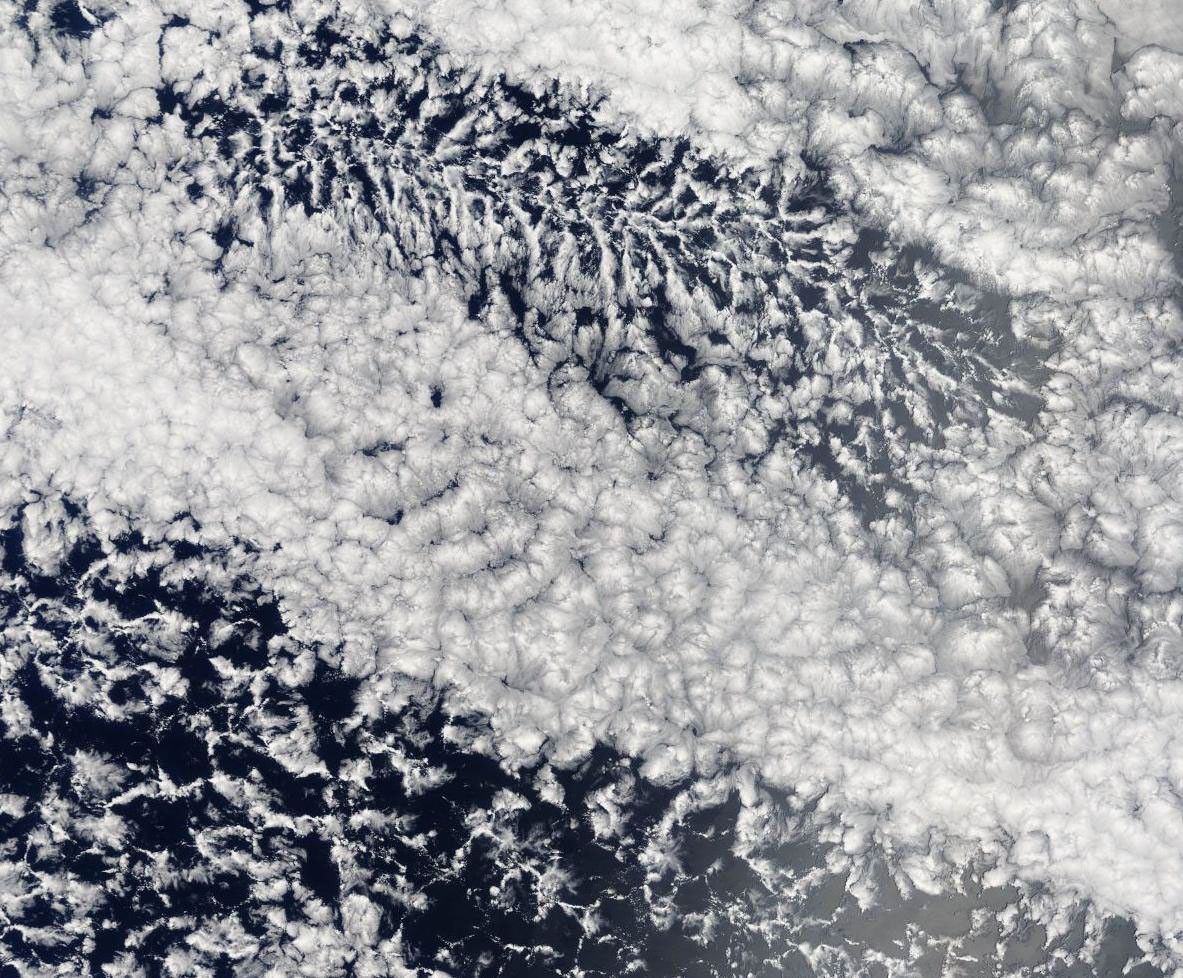
Patrick Taylor
Climate Scientist - NASA’s Langley Research Center
Contents
- Education
- What first sparked your interest in space and science?
- How did you end up working in the space program?
- Tell us about your job. What do you do?
- What’s one piece of advice you would give to others interested in a similar career?
- What inspires you?
- What have been some of your favorite projects to work on?
- What are some fun facts about yourself?
- What is your favorite space image and why?
- Additional Links
- Where are they from?
Education
Greenwood High School, Millerstown, Pennsylvania
California University of Pennsylvania
Earth Science
Florida State University
M.S. and Ph.D. in Meteorology
What first sparked your interest in space and science?
I realized I wanted to become a scientist in the fourth grade. It was after my teacher, Mrs. Benner, led us through a month-long lesson on weather. Mrs. Benner selected me as the chief data logger. This meant that I came into the class every morning and wrote the temperature, dew point and winds on the chalkboard. Since then, I knew I wanted to study the weather and climate.
How did you end up working in the space program?
I ended up working for NASA because I was lucky enough to meet NASA climate scientists Norman Loeb and Bruce Wielicki at a science workshop at the right time. I was about to finish my Ph.D., and there was an opening on the CERES Science Team. I continue to work at NASA because it supports great research that enables a better tomorrow for everyone.
Tell us about your job. What do you do?
My job entails designing and performing studies and experiments to better understand how our climate works so humans can thrive on a changing planet. Most of my workday is spent at my desk reading climate science papers written by other scientists, designing and performing studies and data analysis to test my own hypotheses, discussing these new ideas with my colleagues in the lab and writing my own papers about those ideas.
What’s one piece of advice you would give to others interested in a similar career?
The best piece of advice I can give is to say “yes” a lot. This leaves you open to new opportunities, even one you may not have known existed. The word “no” closes doors and “yes” opens them. Second, do not be afraid to tell your story. This will help you connect with people, and you will be surprised to learn just how much you have in common. Nobody tells your story better than you do. Go tell it!
What inspires you?
I am inspired every day by the notion that something I learn today can help make the world a better place tomorrow.
What have been some of your favorite projects to work on?
My favorite projects to work on have been ones that focus on the interactions between two or more disciplines. For instance, one of my favorite projects studies the response of Arctic clouds to the significant observed declines in Arctic sea ice.
What are some fun facts about yourself?
I am an avid homebrewer, and I judge homebrewing competitions.
What is your favorite space image and why?
This is a picture of marine stratocumulus clouds off the Peruvian/Chilean coast. I like this space image because it highlights the climate importance of these clouds (e.g., stark contrast between the clouds’ brightness and the underlying surface), the beauty and the complexity that makes clouds so important and interesting.
Additional Links
https://science.larc.nasa.gov/pctaylor.html
Where are they from?
Planetary science is a global profession.



























